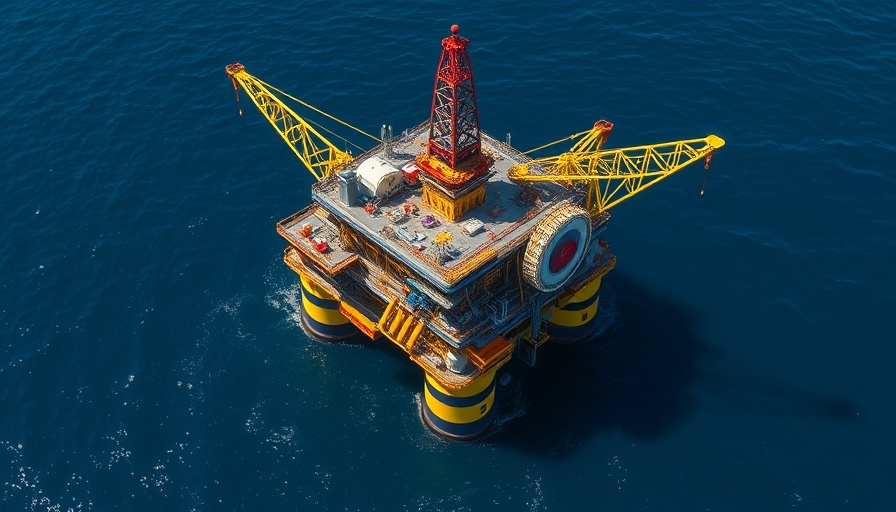
Office to Home: The Growing Trend of Space Conversion
As societal norms shift and workplace dynamics evolve, many cities are embracing a new trend: converting outdated office spaces into residential units. This transformation not only meets a pressing demand for housing but also revitalizes urban environments struggling with vacancy rates. With the pandemic shifting many to remote work, office spaces have been left vacant, prompting cities to rethink their usage. The trend is not just about immediate needs but reflects a larger strategy in urban planning.
Why Cities Are Supporting Conversions
Many cities are backing these conversions as a proactive approach to urban development. The real estate and construction sectors have identified that repurposing office spaces can lead to sustainable urban growth, increasing the appeal and functionality of cities. According to city planners, these conversions can also mitigate the growing demand for affordable housing while enhancing community vibrancy. Cities are beginning to see the inherent value in office-to-residential conversions, as they lead to a reduction in urban sprawl and ultimately promote sustainability.
The Economic Benefits of Office Conversions
Financially, converting offices to apartments can prove to be a win-win. Developers typically face lower construction costs due to existing infrastructure advantages—think plumbing and electrical systems already in place. These conversions can transform dormant assets into revenue-generating housing units. Cities and developers alike are recognizing that the repurposing of office buildings not only fills the housing gap but is a far more economical approach than new construction.
Challenges to Conversion: What to Consider
While the benefits are evident, challenges remain. Zoning laws, building codes, and the physical layout of office spaces can pose significant hurdles for conversion efforts. Cities must engage in comprehensive planning and community engagement to ensure these projects meet local needs. There is also the necessity to transform the sterile environments of traditional offices into comfortable living spaces.
Key Considerations for Successful Conversions
Efficient project management is key in navigating these challenges. Developers and contractors must consider not only cost but the social implications of their projects. Factors such as public transportation access, neighborhood amenities, and overall community integration are critical. Ensuring that new residential spaces are appealing and accessible will further attract prospective residents.
The Future of Urban Living: A Blended Approach
As the pandemic recedes and remote work stabilizes, cities are positioned to consider mixed-use development as a forward-thinking solution. The integration of residential spaces with work and leisure facilities aligns with the evolving needs of urban dwellers. Rather than viewing conversions as a mere Band-Aid for vacant offices, cities should embrace this trend as a step toward creating innovative, livable communities.
Cities are beginning to embrace the necessity for flexible spaces that accommodate diverse needs and lifestyles. As conditions change and our definitions of work and home evolve, let’s encourage urban planners and developers to create spaces that truly reflect our modern living environments.
 Add Row
Add Row  Add
Add 




Write A Comment